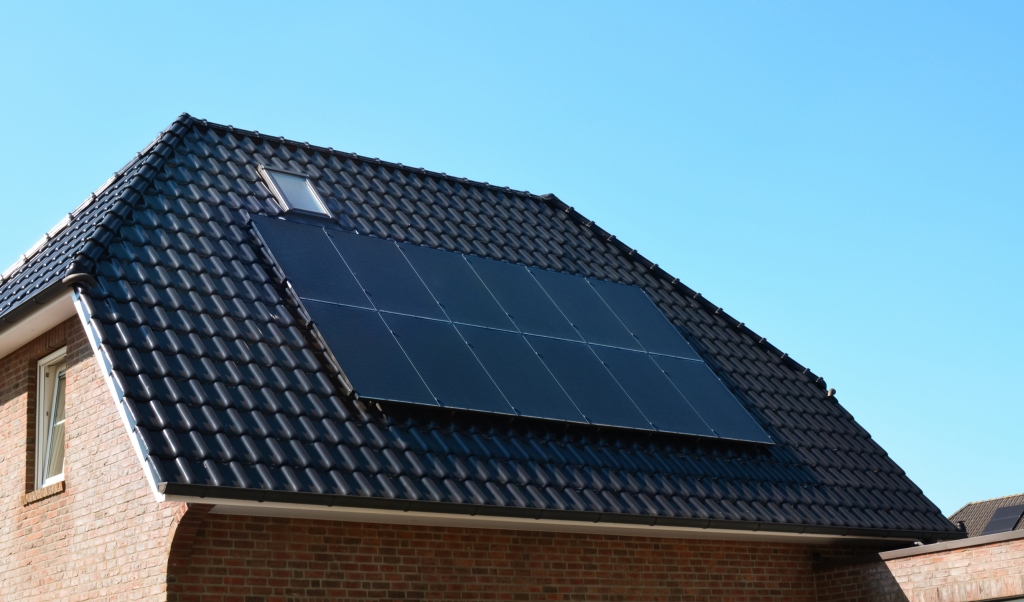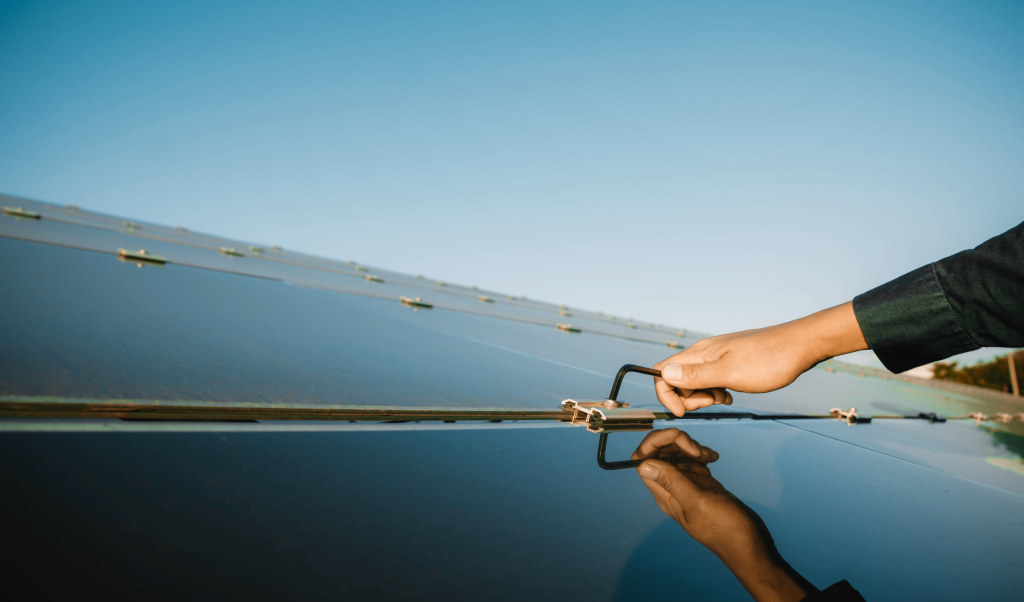Solar panels seem to be popping up everywhere these days – on rooftops, in fields, and even powering entire communities. But what exactly is solar energy, and how can it benefit you? In this comprehensive guide, First Class Solar takes a look at the ever-changing world of solar power, explaining its core principles and functionalities as well as the numerous advantages it offers for your home and our world.
Shining Light on Solar Energy
Solar panels, solar power, solar energy. All terms you’ve undoubtedly heard before – on the news, from your neighbour or even in your local coffee shop. But what exactly is solar energy?
In simple terms, solar energy comes from the sun – an unlimited power supply from the sun’s radiation. According to NASA, the amount of solar energy Earth receives in an hour and a half could meet global energy needs for an entire year!

The Powerhouses: Solar Panels
Solar panels are the power behind solar energy – soaking up sun on rooftops or in fields and providing clean, green power. But how do they do this? Solar or photovoltaic (PV) panels are made up of smaller solar cells composed of silicon. A phenomenon called the photoelectric effect then comes into play, where an electric field is created when sunlight hits the solar cells – ta-daa, electricity!
How Solar Panels Work
- Absorption of Sunlight: The surface of the solar panel absorbs sunlight, capturing photons.
- Generation of Electric Field: When photons hit the silicon cells, they knock electrons loose, creating an electric field.
- Flow of Electricity: This electric field forces the loose electrons to move in a specific direction, generating a current.
- Conversion to Usable Power: This direct current (DC) is then converted into alternating current (AC) by an inverter, making it suitable for home and business use.
There are two main types of solar panels commonly used today:
Monocrystalline Solar Panels:
- Appearance: These panels are typically black in colour.
- Efficiency: They are more efficient because they are made from a single continuous crystal structure, which allows for more efficient electron flow.
- Lifespan: Monocrystalline panels tend to have a longer lifespan, often exceeding 25 years.
- Cost: Due to their efficiency and longevity, they are generally more expensive.
- Best For: Ideal for properties with limited roof space where maximum efficiency is needed.
Polycrystalline Solar Panels:
- Appearance: These panels are usually blue and have a speckled look.
- Efficiency: They are slightly less efficient compared to monocrystalline panels because they are made from multiple silicon fragments melted together.
- Lifespan: They have a shorter lifespan than monocrystalline panels, but still offer a durable solution, typically around 20-25 years.
- Cost: More affordable due to a simpler manufacturing process.
- Best For: Suitable for properties with ample roof space where lower cost is a priority.

Choosing the Right Solar Panel
When deciding between monocrystalline and polycrystalline panels, consider the following factors:
- Budget: Monocrystalline panels are costlier upfront but offer higher efficiency, potentially leading to greater savings in the long run. Polycrystalline panels are more budget-friendly initially.
- Roof Space: If you have limited roof space, the higher efficiency of monocrystalline panels might be the best choice. For larger roofs, polycrystalline panels can be a more cost-effective solution.
- Aesthetic Preferences: The colour and appearance of the panels may also influence your choice, especially if the visual aspect is important to you.
Understanding the differences and benefits of each type of solar panel can help you make an informed decision that best suits your energy needs and financial considerations. Whether you choose monocrystalline or polycrystalline panels, investing in solar energy is a step towards a cleaner, more sustainable future.
The Benefits of Solar
So, why is solar so popular these days? There are many reasons to consider solar.
- Renewable: As long as the sun keeps shining, the Earth has solar energy! space.com estimates that the sun has about 5 billion years of fuel left.
- Clean: When operating, a solar energy system does not produce any harmful emissions – unlike fossil fuels. Solar is a clean, green energy source.
- Saves Money: After the initial cost of installation, the sunlight is free! Solar panels can significantly reduce your electricity bills, and with their long lifespan, these savings grow over the decades to come.
- Low Maintenance: Solar panels don’t have moving parts, so it’s very unlikely that they would break down. Some cleaning with a hose pipe or leaf blower (or the help of the rain!) and you’re good to go.

Solar energy isn’t just a trend; it’s a revolution in clean, sustainable power generation. By harnessing the sun’s abundant energy, you can reduce your environmental impact, save on electricity bills, and invest in a future powered by renewable resources. Stay tuned for our next blog post, where we’ll explore the feasibility of installing solar panels at your home and guide you through the decision-making process.

